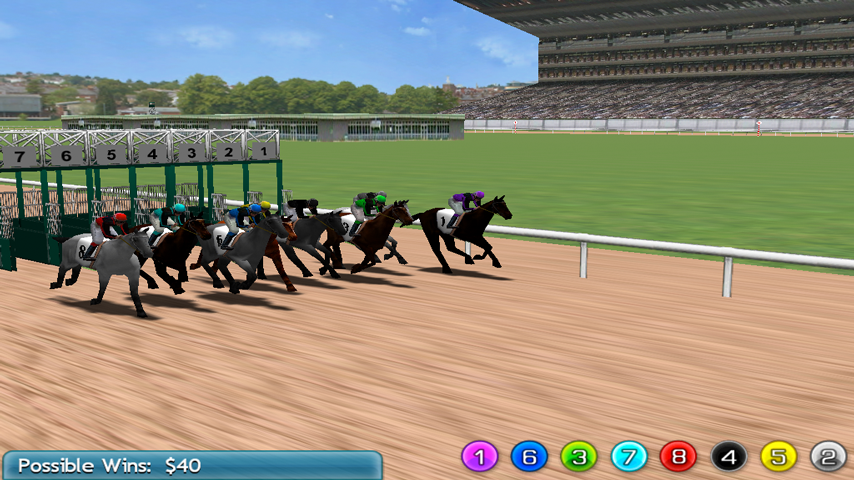Virtual Reality Applications in Horse Training

Virtual reality (VR) is revolutionizing many fields, including equestrian training. By simulating realistic environments and scenarios, VR offers innovative ways to enhance horse training techniques, improve rider skills, and ensure safety for both horses and trainers.
Key Applications of VR in Horse Training
| Application Area | Description | Benefits |
|---|---|---|
| Rider Skill Development | VR simulators allow riders to practice balance, posture, and control without a live horse. | Safe environment, repeatable scenarios, cost-effective training |
| Horse Behavior Analysis | VR environments can expose horses to various stimuli to study and modify their reactions. | Better understanding of horse psychology, improved behavior management |
| Training for Specific Tasks | Simulating obstacles, jumps, or trail rides to prepare horses for competitions or work. | Enhanced preparedness, reduced anxiety, improved performance |
| Rehabilitation | VR can assist in designing controlled environments for horses recovering from injuries. | Controlled stimuli, gradual exposure, safer recovery process |
How VR Enhances Horse Training
- Immersive Learning: Riders and trainers can experience realistic scenarios that are difficult to replicate in real life.
- Risk Reduction: VR minimizes the risk of injury by allowing practice in a controlled virtual space.
- Customizable Training: Programs can be tailored to individual horse and rider needs.
- Data Collection: VR systems can track performance metrics to inform training adjustments.
Frequently Asked Questions (FAQ)
What equipment is needed for VR horse training?
Typically, a VR headset, motion sensors, and specialized software designed for equestrian training are required. Some setups include haptic feedback devices to simulate horse movements.
Can VR replace traditional horse training?
VR is a complementary tool rather than a replacement. It enhances traditional methods by providing additional practice opportunities and safety but does not substitute real horse interaction.
Is VR training suitable for all horse breeds?
Yes, VR training can be adapted for different breeds and temperaments by customizing the virtual scenarios and stimuli.
How does VR help with horse rehabilitation?
By creating controlled environments, VR allows gradual exposure to stimuli, helping horses regain confidence and physical ability safely.
Conclusion
Virtual reality is a powerful tool that is transforming horse training by offering innovative, safe, and customizable training solutions. As technology advances, its integration into equestrian practices is expected to grow, benefiting both horses and riders alike.
